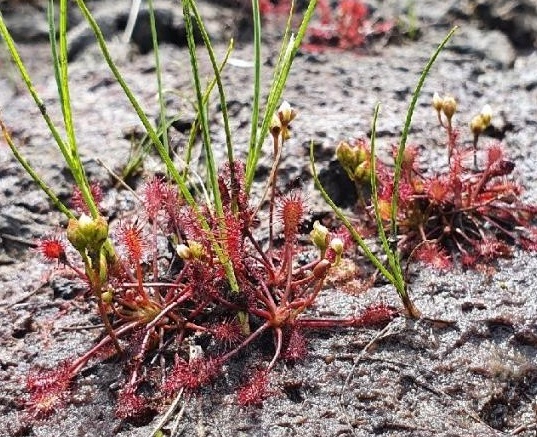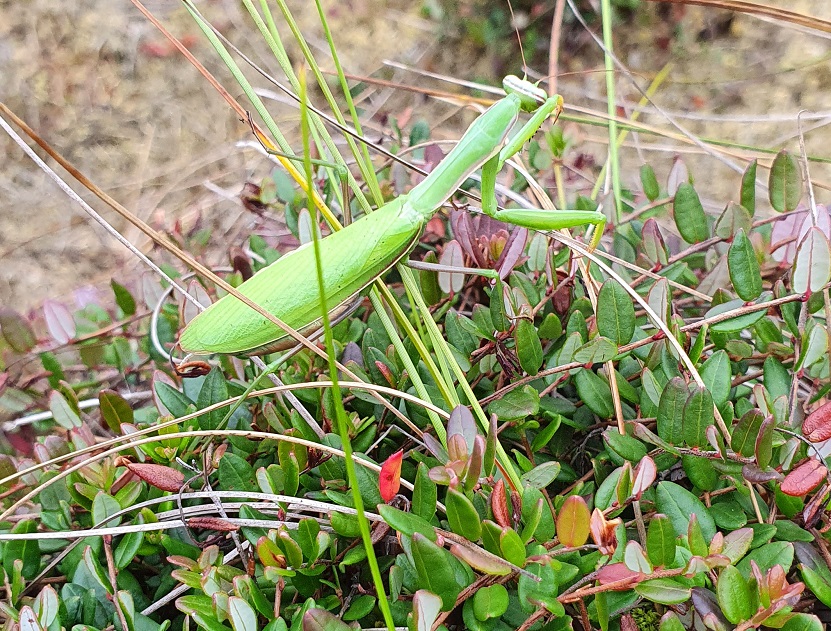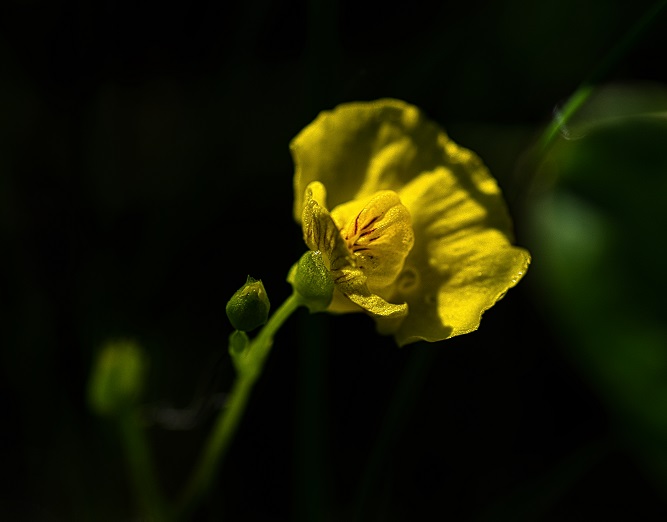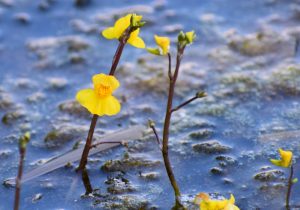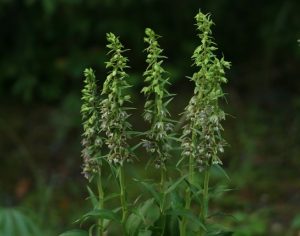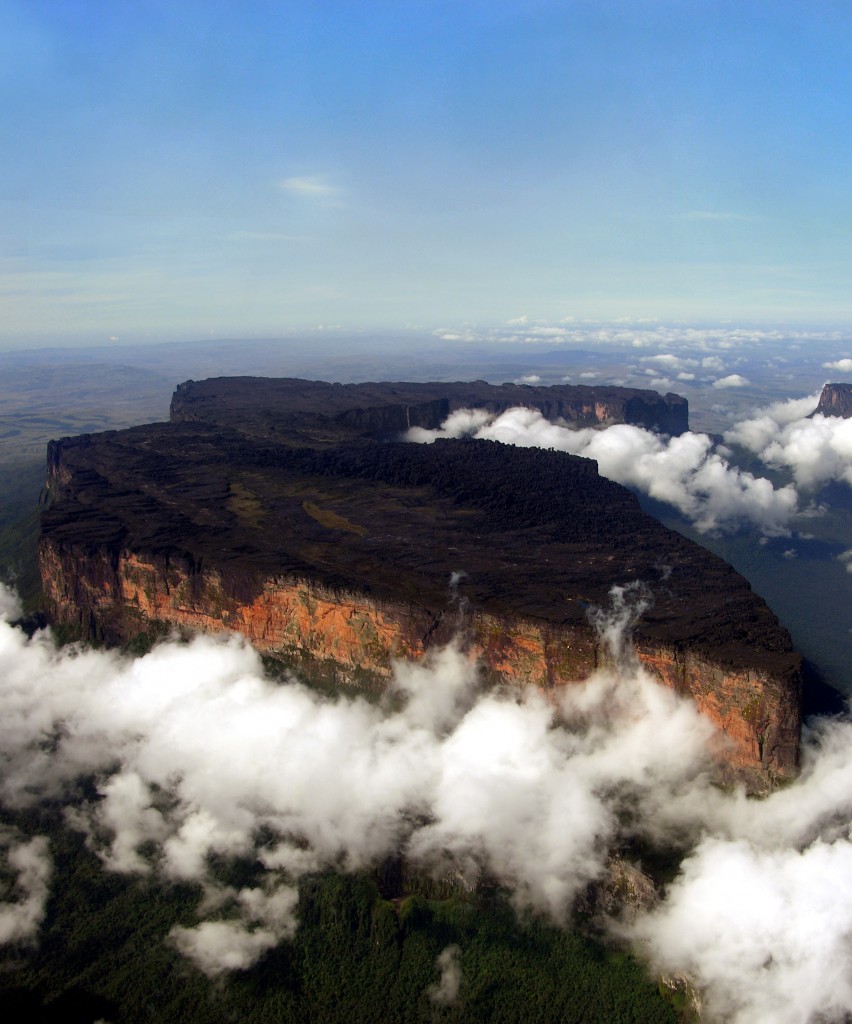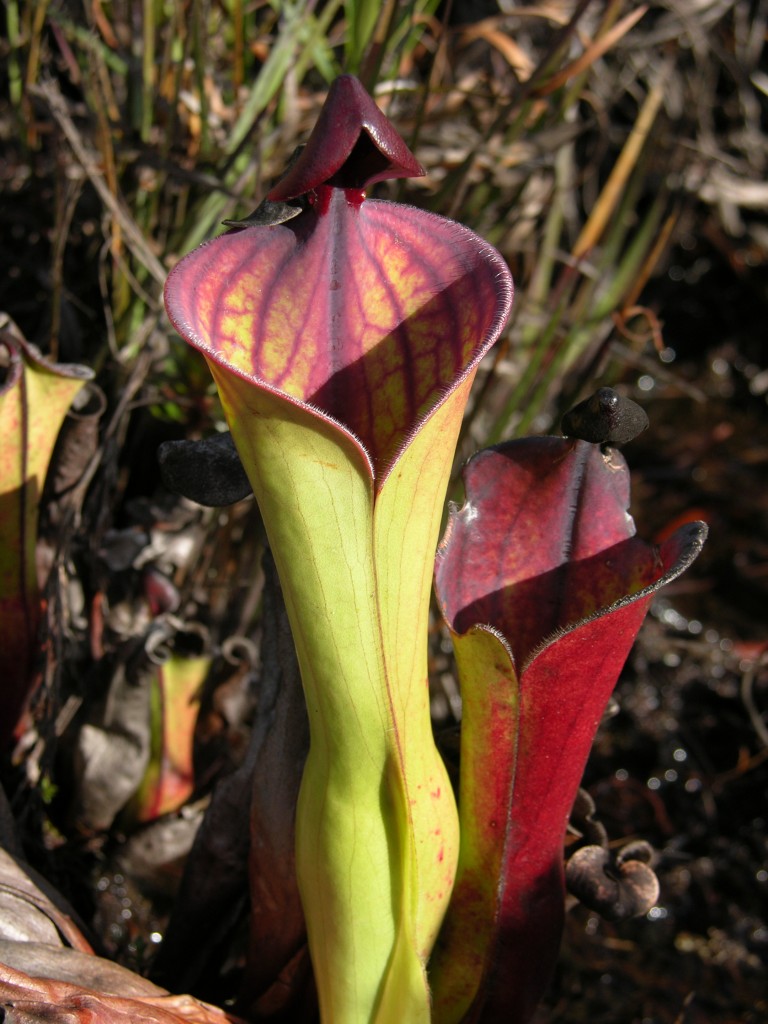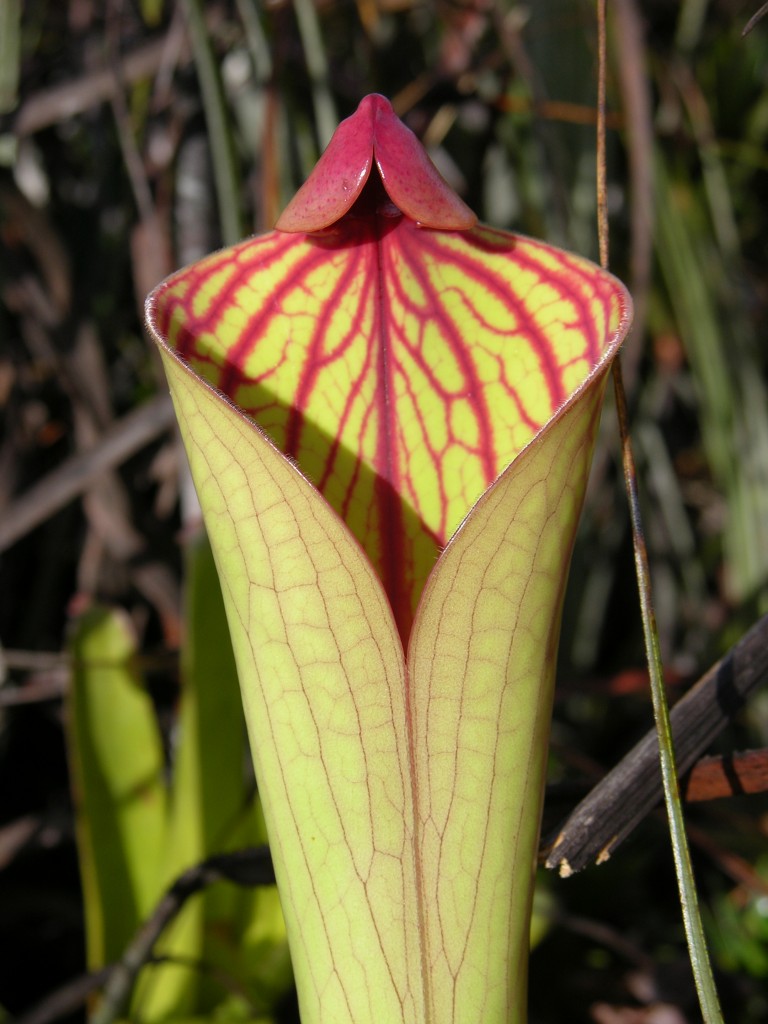The beginning of the twentieth century represents an age of discovery and exploration – a time when our picture of the Earth remained incomplete and still filled with the unknown. The Guiana Highlands of Venezuela, northern Brazil and Guyana lay at the forefront of the minds of explorers – a remote land dominated by immense sandstone plateaus very few of which had been climbed, explored or even named.
Indeed even as World War Two raged in Europe, the gigantic mountain range of Neblina which stands over three kilometers tall, had not even been discovered. The Guiana Highlands remained a blank on the map.
In 1928, American botanists Henry Gleason and his colleagues began an epic journey into this remote province to explore a little known peak called Cerro Duida that lies in the heart of the Venezuelan Amazon, hundreds of kilometers from Caracas and well beyond all hope of rescue. Previously, the mountain had been visited only on a handful of occasions and its summit remained unexplored and unknown.
The challenges of visiting this isolated corner of South America were formidable indeed as they still are today – the watercourse of the Orinoco River and its tributaries are obstructed with rapids, abrupt waterfalls, violent currents and rocky shallows and the land lacked road of any kind – steep ridges, deep valleys and crevasses made traveling extremely difficult. In such a remote place, all supplies and equipment had to be carried in – mostly by men – namely Amerindian porters.
Gleason’s expedition began by boat however as the watercourse diminished to shallow streams and finally became impassable, the expedition set out on foot and began weeks of difficult trekking through the dense, dark jungle of Guiana. After weeks of painstaking travel, Cerro Duida lay in view, but since unlike a normal mountain it is encircled on all sides by near vertical cliffs, Gleason was forced to find a break in the cliff sides and eventually reached the summit of the mysterious plateau.
On reaching the goal of his quest, Gleason collected and preserved specimens of the multitude of new plant and animal species which surrounded him on the mountain top – species which no one had previously seen. Among the multitude of amazing discoveries were three interesting carnivorous pitcher plants which were eventually named Heliamphora tatei, Heliamphora tyleri and Heliamphora macdonaldae.
Heliamphora tatei is perhaps the most extraordinary – it is unique and habitually grows on a tall woody stem up to two meters in length. The plant’s carnivorous water filled leaves form a compact rosette atop of the tall vertical stem and so stand conspicuously above the surrounding scrubland vegetation. The leaves of H. tatei are large, (up to 25 – 35 cm in length), infundibular and brightly coloured (predominantly yellowish green with with variable red colouration). The interior of the foliage is lined with short downwards pointing hairs, although in some strains, a glabrous stripe extends down the back side on the interior of the leaf.
Heliamphora tyleri is now thought to be a variant of H. tatei and today is not regarded as a valid, independent species. Its leaves are largely the same as those of H. tatei – the only appreciable difference being the shape of the ‘nectar spoon’ – the nectar containing structure at the apex of the leaf. Although the plant Gleason named H. tyleri seems to differ from H. tatei in that it does not habitually grow on an erect stem, variants of H. tatei have been discovered on surrounding mountains (notably Cerro Avispa and Cerro Aracamuni) which bridge the differences and suggest the plants once named H. tyleri are part of the natural diversity of H. tatei.
The situation of Gleason’s third pitcher plant – H. macdonaldae – is however more complicated. The type form of H. macdonaldae found on Cerro Duida is distinct from the pitcher plants Gleason named H. tatei and H. tyleri. H. madconaldae grows as a compact rosette on the ground much like all other species of Heliamphora except H. tatei. Occasionally old, established specimens of H. macdonaldae form a short, decumbent stem, similar to that of H. neblinae but very different from that erect, woody growing habit of H. tatei.
Furthermore the leaves of H. macdonaldae are unique in terms of morphology and colouration. The interior of the foliage is glabrous except for a narrow line of spine like hairs that line the perimeter of the opening of the leaf. The nectar spoon is conical, but the back of the leaf is not elongated as in H. tatei and perhaps most remarkably of all, the interior of the leaf is lined with variable red or purple veins that suffuses pure crimson in some strains – colouration that is unique in the genus. The exterior of the leaf is consistently yellowish green and the nectar spoon is pure red.
Above and below, the little known, but very beautiful Heliamphora macdonaldae
In 1978, Magure decide to reduce H. macdonaldae to a variety of H. tatei (H. tatei var. macdonaldae) and six years later, Steyermark renamed it as a form of the same species (H. tatei fm. macdonaldae). Since these taxonomic changes were made, the plant passes out of the literature and few sources even mention it.
It appears no one returned to Cerro Duida and observed H. macdonaldae in the wild and so the taxonomic relegation was accepted and it was most assumed the plant was synonymous with H. tatei. Despite Gleason’s discoveries, this remarkable pitcher plant became obscure and largely unknown.
Yet H. macdonaldae is unique and does deserve the separate status as a species which Gleason originally gave it. The ecology, morphology and colouration of this remarkable plant are unlike that of any other Heliamphora sp.. Although H. macdonaldae is not in cultivation, one day I hope it will be, so that it can be enjoyed and appreciated by horticulturalists and carnivorous plant enthusiasts around the world!
Stewart McPherson’s book Pitcher Plants of the Americas examines the wild ecology and remarkable diversity of all of the known American pitcher plants including H. macdonaldae. Stewart is selling copies personally through his online company www.redfernnaturalhistory.com to raise money for the Meadowview Biological Station – with the goal of donating 5 to 10 acres of Sarracenia habitat for permanent protection – please see www.redfernnaturalhistory.com/conservation.htm.
Bibliography:
- Gleason, H. A. 1931. “Botanical results of the Tyler-Duida Expedition.” Bulletin of the Torrey Botanical Club 58 (6): 367–368.
- Maguire, B. 1978. “Sarraceniaceae.” Memoirs of the New York Botanical Garden 29: 36–62.
- Steyermark, J. A., 1984. “Flora of the Venezuelan Guayana” Annual of the Missouri Botanical Garden 71: 297–340.
